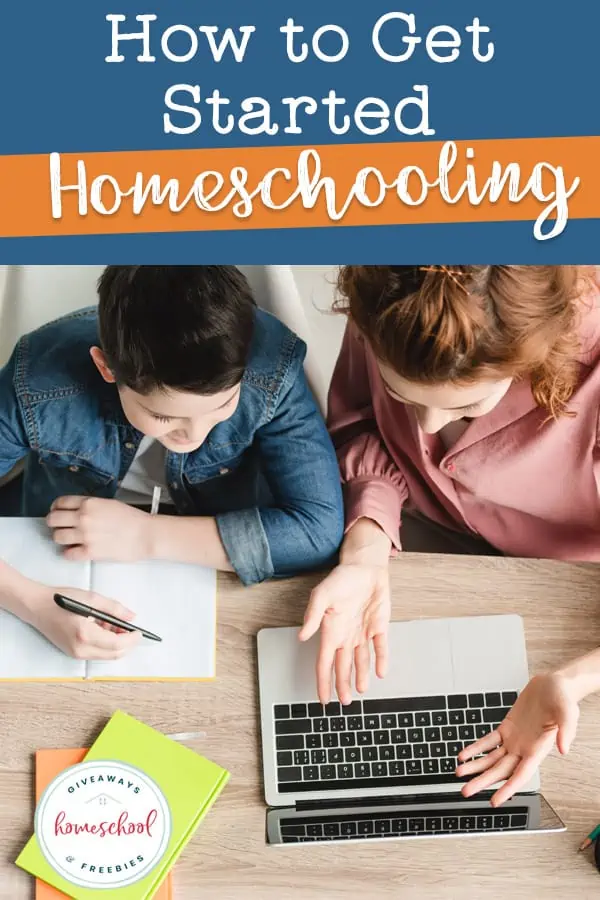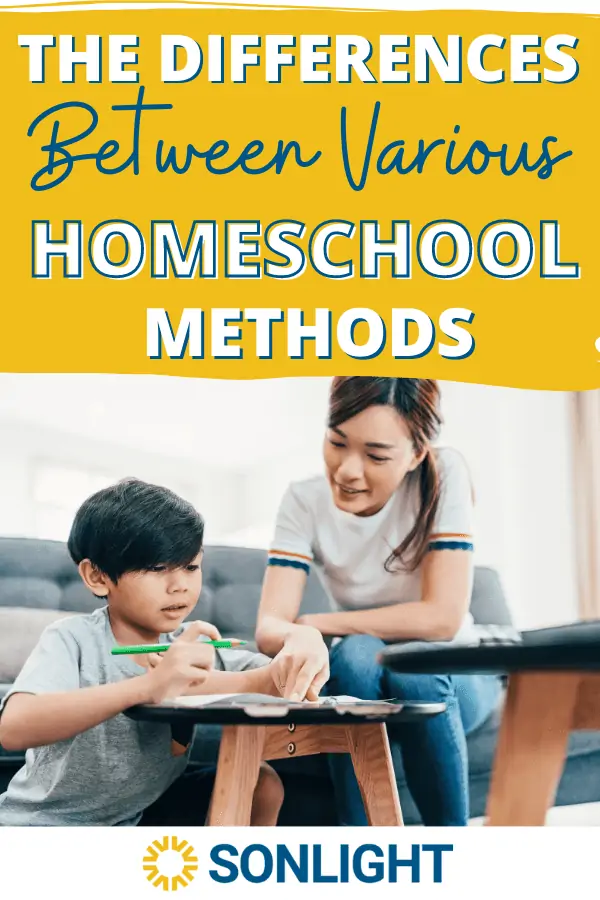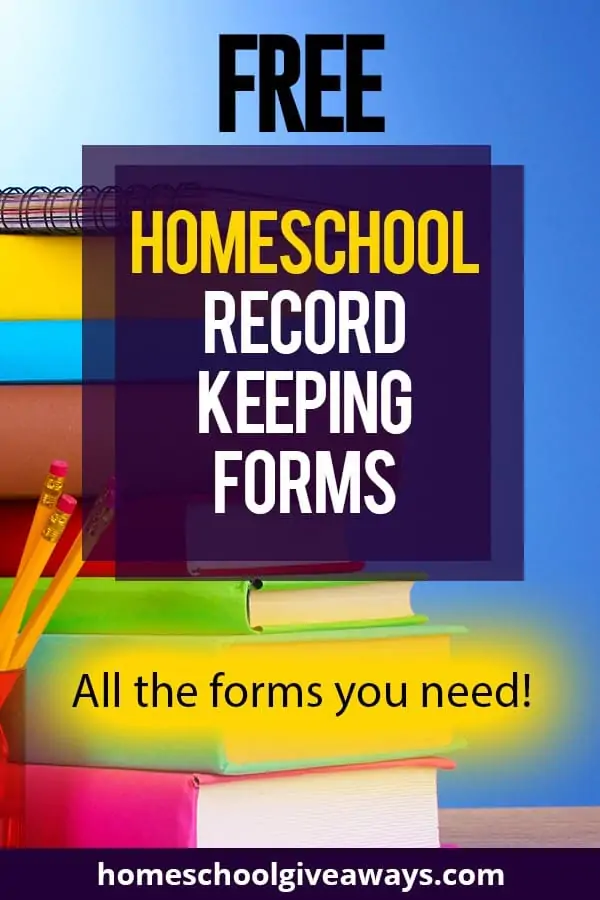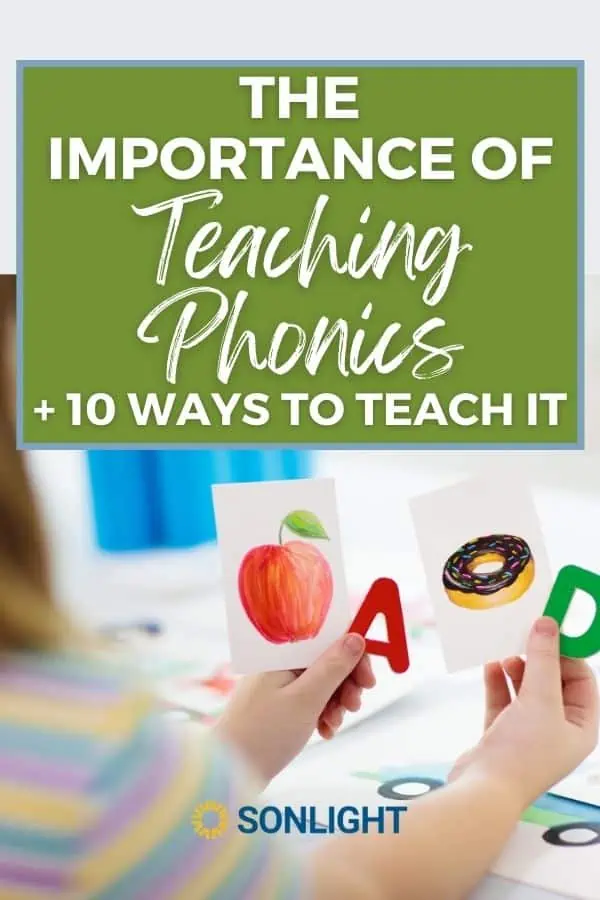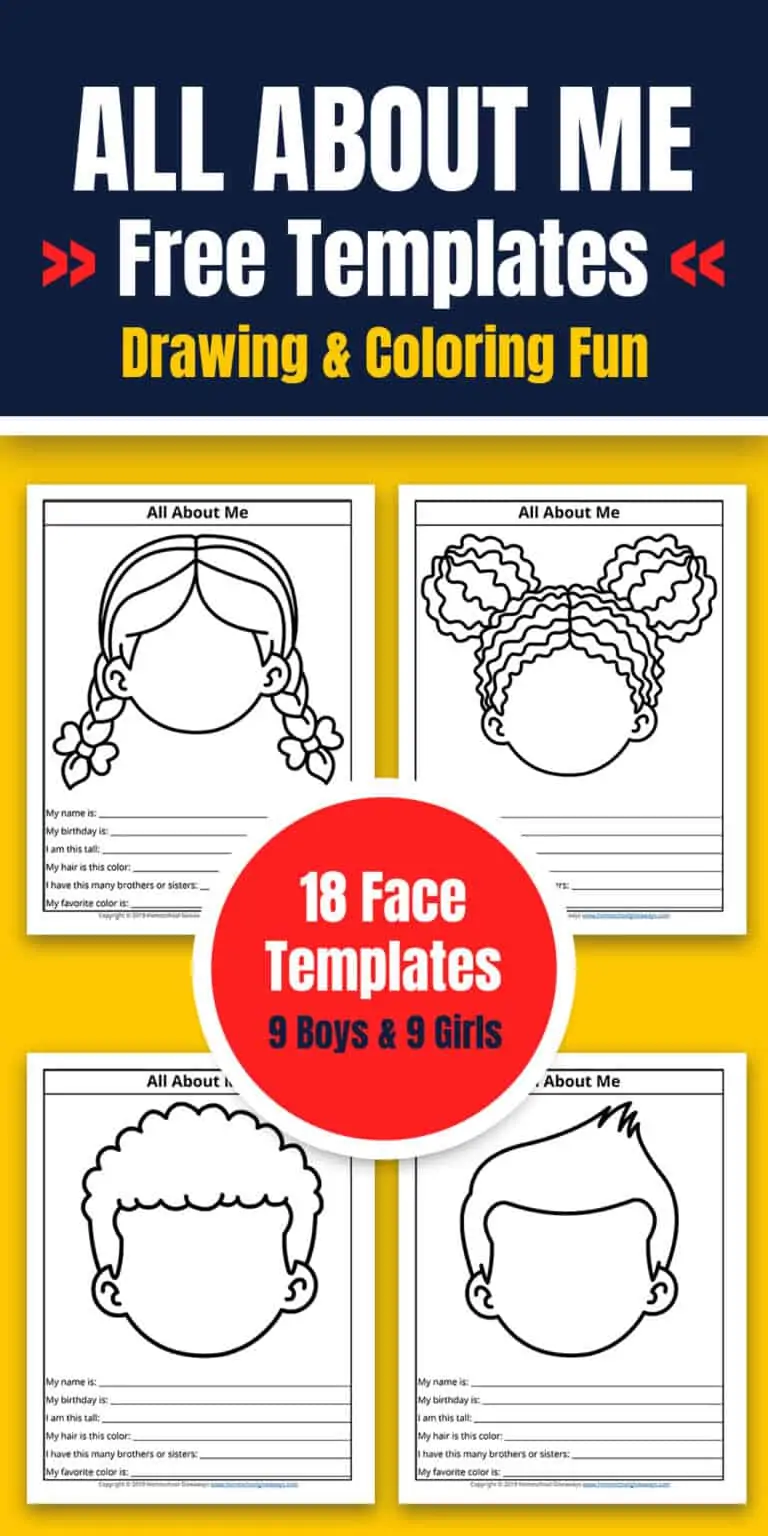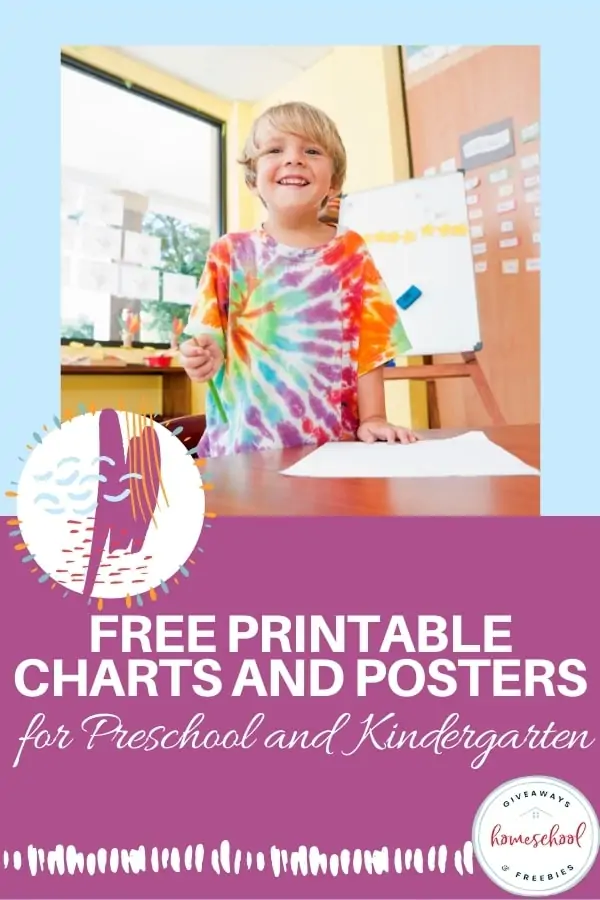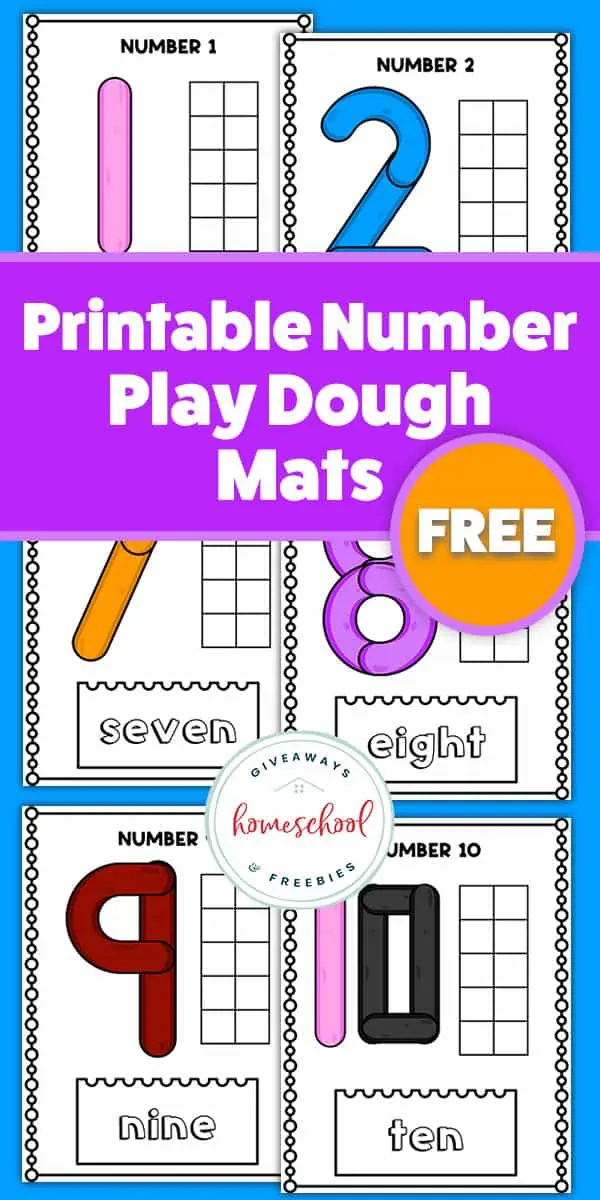How to Start Homeschooling: All You Need to Know
Published:
May 11, 2022

Contributor:
Sarah Shelton
Disclosure: This post may contain affiliate links, meaning if you decide to make a purchase via my links, I may earn a commission at no additional cost to you. See my disclosure for more info.
Have you been on the fence about homeschooling your children? It can be overwhelming and a little scary to take the plunge, but it is worth it and you can learn how to homeschool and be successful at it!
[series_meta]
- The Many Benefits of Homeschooling Your Children
- Deschooling: Transitioning to Learning at Home
- How to Create a Homeschool Space Your Kids Will Love
- How to Create a Homeschooling Schedule That Works
- Homeschool Record Keeping: What You Need to Know
- Homeschool Co-Ops: What You Need to Know
- This Post: How to Start Homeschooling: All You Need to Know
How to Homeschool
There are so many benefits to homeschooling. New homeschoolers can get a really good start with all of the great resources that are available to them.
How do you homeschool as a beginner?
- Figure out what homeschool curriculum you want to use and start researching and shopping.
- If coming from traditional school, decide how long you will deschool your kids. Not sure what deschooling is? It’s an important part of the transition process.
- Attend a homeschool convention or how to homeschool seminar.
- Get a homeschool planner to help you to keep track of lesson plans. You can use a homeschool schedule template to help you plan it out.
- Plan out your school year, the subjects and books you want to read. Don’t forget to include field trips, park days and educational learning activities.
- Look for a homeschool support group, park group, or homeschool co-op to join. If you cannot find one, consider starting a homeschool group.
What is the best way to homeschool your child?
- Create a learning space in your home. You don’t need a school room, just an area set aside to store supplies, books and a table or desk. You can get lots of inspiration from our post DIY homeschool room ideas.
- Make a daily schedule, or block of time that you want to do school daily. Hang it up so everyone can be on the same page.
- Carve out time for homeschooling, and times for lunch, breaks, chores and extra curricular activities.
- Have fun and stay flexible. Leave room in your schedule for community service, nature walks, and library trips.
What should I know before homeschooling?
The most important thing to know before you begin homeschooling is that you can not (and should not) replicate a traditional classroom in your home. When you try to turn your homeschool into classroom setting you are setting yourself up to fail. Being a veteran homeschooler, I have seen it many times.
Parents try to set up a school room and expect their child to sit and do school all day, like in a traditional school. What they aren’t realizing is that school doesn’t have to take all day. You can complete all of your subjects in a few hours; you can let your kids take breaks and get the wiggles out.
Many families choose to homeschool in the living room or kitchen table, which turns out to be a great place to get a lot of work done.
Transitioning from Public School
Another important thing that a homeschooling parent may overlook is the transition from a school setting to a home setting. Your children will need some time to adjust. This is normally called deschooling, and is a way to ease into a new homeschool routine.
Is homeschooling really worth it?
Some parents wonder, if homeschooling is really worth it. This is a resounding yes. A home education is worth the tears, the late night planning, the curriculum purchases and scaling down to a one-income household. The free time and flexibility for homeschooled students is one of the best parts of homeschooling.
It is a delight to see your children understand math and being able to read out loud to you. The conversations and quality time you will have with your children in your everyday life are priceless. Relationships become stronger and you will become a tight knit family unit.
How to Homeschool
Let’s get down to what you really need to know and what steps to take to homeschool your children.
Get to know your state’s homeschool laws
First, you need to understand your state laws. Each state is different with what they require of homeschoolers. Some states require you to file a notice of intent before you begin. Some require an attendance log to keep track of how many days and hours you school in a school year. Others require a portfolio review, teacher evaluation or testing. Some states don’t require anything extra.
The HSLDA breaks down the homeschool laws in the different 50 states.
Each local school district may also have different things they want you to do and ways to submit information. Always make sure you refer back to your state and what they require, because local school districts should not ask anything extra of you.
What’s your child’s learning style?
Next, you may want to find out what your child’s learning style is. This is a great way to help you to decipher how your child best learns so that you can cater your teaching around how they learn best.
Different Types of Learning Styles
Some children are auditory learners and like things read aloud to them, and prefer audio books and digital instruction. Other kids may be visual learners and like to see charts, and big words and lessons written out on a dry erase board or chalk board. Videos and illustrations work best for visual learners.
There are hands-on and sensory learners. These children do well being able to touch, smell and pick up everything. They learn well with lots of crafts, sensory bins, LEGOs, and STEM and building projects.
Discover Different Homeschool Methods
When we first started homeschooling, we used a boxed curriculum set. This included everything we needed to get started. This is great for families who are unsure of what to teach or what they may like.
Later I realized that what I was using wasn’t the homeschooling style that fit our family. It had too much of a textbook feel to it which is what we were trying to stay away from because it replicated school.
We ditched the whole set and went with living books, and went for a more gentle, Charlotte Mason style curriculum.
There are many different homeschooling methods you want to look into and research.
These are the most popular homeschool methods:
- Charlotte Mason
- Classical
- Delight-Directed Learning
- Unit Studies
- Eclectic
- Traditional Homeschooling
- Unschooling
- Virtual Schooling
Choosing Your Curriculum
You want to really decide which style of homeschooling you would like to try before jumping in and buying curriculum. A big mistake for first time homeschoolers is buying all-the-things. Many of the purchases you make will end up not being used, or you may not like them.
A good recommendation is to start small and only buy what you need, and then you can purchase more as you go along. Make friends with veteran homeschoolers who will let you borrow books and curriculum to look at before you purchase.
When you find a curriculum that catches your eye, look at samples and read curriculum reviews to help you with your decision.
Attend A Homeschool Convention
A homeschool convention is the place to explore all of the educational options that are available to homeschoolers. There are convention halls full of curriculum and books to look at.
Many of the booths have the authors and publishers right there to answer your questions. There are experts in the homeschooling industry that can walk you through exactly what you need to do.
There are also amazing speakers, sessions and encouragement. You will walk away feeling refreshed and ready to tackle the world.
Find Your Homeschool Tribe
Local homeschoolers are going to be a great asset to your homeschool journey, especially in the first year. They can help you find local homeschooling groups, support groups and free resources.
The best way to start off strong is to find community. Within that community you will find events and activities you and your kids enjoy that other families also enjoy. This is where you will start to connect and find like-minded friends. We like to call that a tribe.
When you have a homeschool tribe you won’t feel like you are in this alone. You will have people cheering you on, people that understand what you are going through and those who have navigated the waters before you. They will have lots of advice and encouragement and offer not only knowledge, but friendship and fellowship.
Homeschool Record Keeping
Homeschool record keeping is an important part of homeschooling. You do not have to keep everything that your kids do. You’d end up with boxes and boxes at the end of each school year. It is important to track what you are doing. Some states require you to keep a few years worth of examples of work. You can use free homeschool record keeping printables to help you stay organized.
This is what every homeschool family should have on hand for record keeping, even if your state doesn’t require it.
- Homeschool Planner – a planner is a great record of what you are doing and shows a calendar. This is also an easy place to keep track of attendance. You can find a great homeschool planner printable to use for free!
- Attendance Tracker – some homeschool planners have these included in them. Or you can make your own, or use a notebook to track attendance.
- Report Cards – some families like to keep report cards of grades. You can use a homeschool report card template to make your own for free.
- Progress Reports – you can print your own using a homeschool progress report template.
- Transcripts for High School – transcripts are an important part of the homeschool high school years. We used a high school credit planner that we turned into transcripts.
- Homeschool Portfolio – A homeschool portfolio is a handy tool that can keep records of your student’s school work and their academic growth from year to year.
What you need for a homeschool portfolio
- A 3 ring binder
- Tabs for each subject
- A field trip log
- Attendance sheet
- Samples of work for each subject
- A nice 3 hole punch comes in quite handy to hole punch all the paper.
- A reading log of books read all year
Home Education in Canada
- How to Homeschool in Canada: 6 Steps To Start Your Journey
- Homeschooling in Ontario: How to Get Started
- Homeschooling in Manitoba: How to Get Started
- Homeschooling in Saskatchewan: How to Get Started
- Homeschooling in Nova Scotia: How to Get Started
In Conclusion:
The homeschooling journey can be scary and overwhelming. However, it comes with so many amazing benefits to the parents, the children and the entire family. It is a beautiful sacrifice that creates amazing memories.

